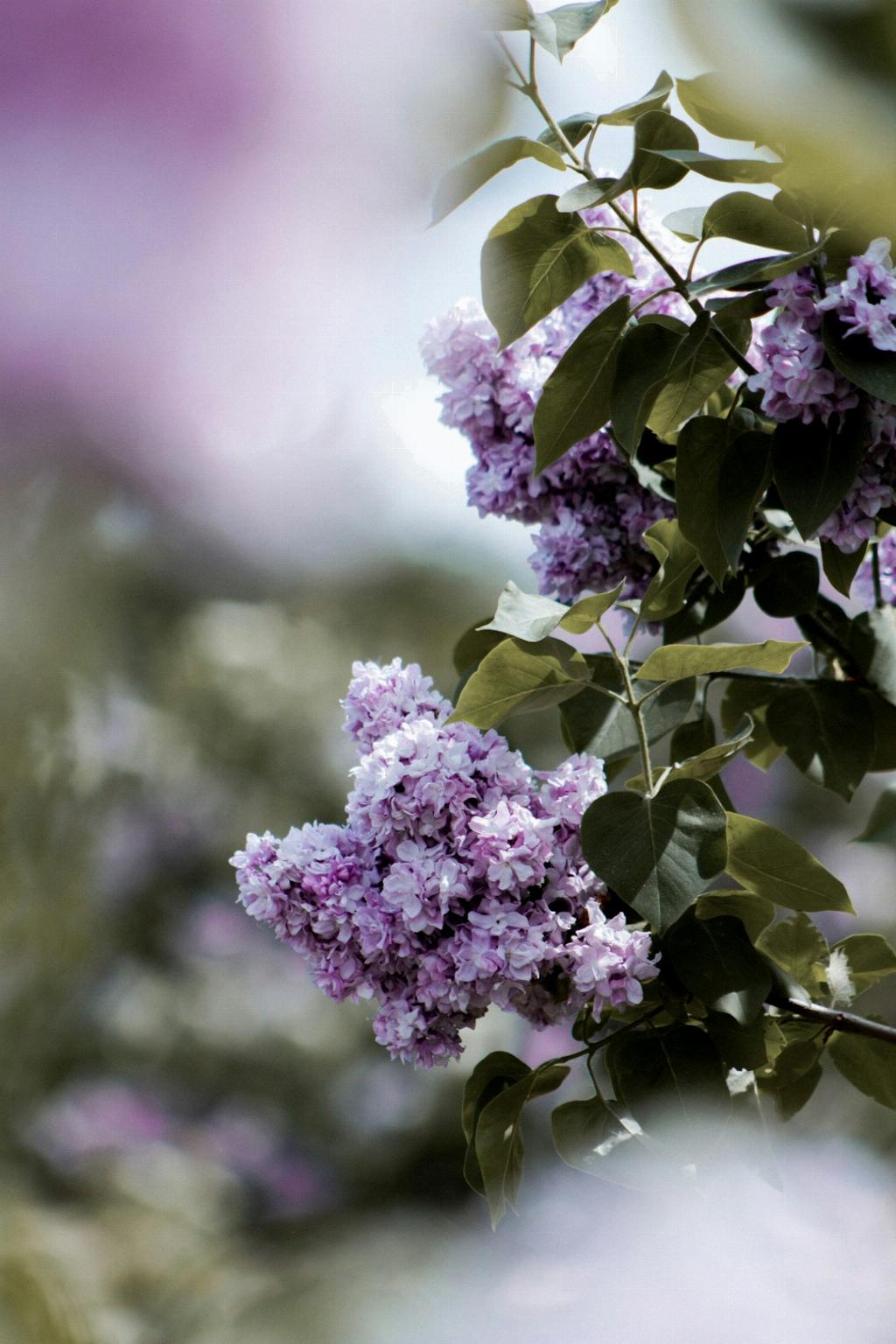Pruning your lilac bushes is an essential part of their care routine to ensure they remain healthy and vibrant. By following a few simple guidelines, you can help your lilacs thrive and produce beautiful blooms year after year.
1. Trim Mature Lilac Bushes
When it comes to pruning your lilacs, it’s important to trim mature bushes so that they remain within 6 to 8 feet in height. This helps maintain the overall shape of the bush and prevents it from becoming too leggy or overgrown.
2. Maintain Main Stems
Aim to have 10 to 12 main stems on your lilac bush, each of them ideally 1 to 2 inches thick. These main stems provide structural support to the bush and allow for optimal blooming throughout the growing season.
3. Avoid Over-Pruning
One crucial rule to follow when pruning lilacs is to never remove more than one-third of the bush at a time. Over-pruning can stress the plant and reduce its ability to produce flowers, so it’s best to take a conservative approach.
4. Achieve Balance
Creating a balance of older stems and new flowering shoots is key to maintaining the health and vigor of your lilac bushes. By selectively pruning branches, you can encourage new growth while preserving the established framework of the bush.
5. When to Prune
The best time to prune lilacs is in late winter or early spring, before new growth begins. This allows the plant to recover from pruning and prepare for the upcoming growing season, ensuring a robust bloom display in the spring and summer.
6. Remove Dead or Diseased Branches
During the pruning process, be sure to inspect your lilac bush for any dead or diseased branches that may hinder its overall health. Removing these limbs will improve air circulation and reduce the risk of infections spreading to other parts of the plant.
7. Proper Pruning Technique
When cutting branches, use sharp bypass pruners to make clean, angled cuts just above a set of healthy buds. Avoid leaving stubs or cutting too close to the bud, as this can lead to damage and inhibit new growth.
8. Consider Flowering Time
Keep in mind the flowering time of your lilac variety when planning your pruning schedule. Some lilacs bloom on old wood, while others bloom on new growth. Understanding this distinction can help you time your pruning for maximum blooming potential.
9. Shape and Form
As you prune your lilac bushes, consider the desired shape and form you wish to achieve. Whether you prefer a natural, unstructured appearance or a more manicured look, shaping the bush to your liking can enhance its overall aesthetic appeal.
10. Monitor Growth Patterns
Regularly monitoring the growth patterns of your lilac bushes can help you identify areas that require pruning or thinning. By staying proactive in your maintenance efforts, you can address issues before they escalate and ensure the long-term health of the plant.

11. Post-Pruning Care
After completing the pruning process, be sure to provide adequate water and nutrients to support the recovery of the lilac bush. Mulching around the base of the plant can also help retain moisture and suppress weed growth, promoting a healthy environment for new growth.
12. Enjoy the Fruits of Your Labor
With proper pruning techniques and care, your lilac bushes are sure to reward you with a bountiful display of fragrant blooms each spring. Take pride in your efforts and enjoy the beauty and fragrance that these beloved shrubs bring to your garden.
